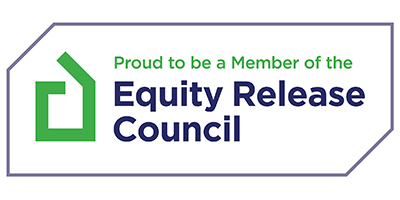In this article
The UK mortgage market has witnessed some fluctuations recently, with intense competition among lenders leading to notable changes in mortgage rates.
This dynamic landscape is influenced by several factors, including the Bank of England’s monetary policies, inflation rates, and the overall economic climate.
Declining Mortgage Rates
In a notable development, the average fixed mortgage rates have started to decline. At the start of July, the average rate for a two-year fixed mortgage deal was close to 6% but has come down since then.
Similarly, the average five-year fixed rate has dropped also and these reductions reflect the increased competition among lenders, each striving to attract more customers.
Nationwide’s Competitive Move
Nationwide, the UK’s largest building society, has made a significant move by offering a five-year fixed mortgage rate of 3.99% for new customers moving home with a 40% deposit.
This is a substantial reduction, especially considering that Nationwide last offered rates below 4% back in February. This new rate, despite requiring a substantial deposit and an arrangement fee, is expected to set a precedent, potentially sparking a “rate war” among major lenders.
Broader Market Impact
The introduction of sub-4% rates by Nationwide has caught the attention of industry experts and potential borrowers alike.
While the sub-4% rate for those with larger deposits is significant, there have been notable reductions across other loan-to-value brackets as well. This is beneficial for a wider range of homebuyers, not just those with substantial deposits.
Central Bank’s Role
Mortgage rates are heavily influenced by the Bank of England’s base rate, which currently stands at a 16-year high of 5.25%. The central bank’s rate decisions are closely tied to inflation trends. With inflation showing signs of easing, there is speculation that the Bank of England might reduce rates in the coming months which could have a knock-on effect on fixed rates. Inflation in the service sector persists, so the rate cut is not cut and dried and we are also influenced by what is happening overseas, especially the US.
Challenges for Borrowers
Despite the positive trend of falling mortgage rates, many existing borrowers face challenges. Around 1.6 million borrowers will need to re-mortgage as their current fixed-rate deals expire. These borrowers, some of whom previously enjoyed rates below 2%, will now confront significantly higher repayments.
Some experts view Nationwide’s new rate as a positive sign for the market, suggesting a potential stabilisation and future reductions in interest rates.
Future Outlook
Many industry observers echo the sentiment of cautious optimism. While there is potential for further reductions in mortgage rates, the extent and speed of these changes remain uncertain.
The outcome of the Bank of England’s decisions in the coming months will be pivotal in shaping the mortgage market’s trajectory.







